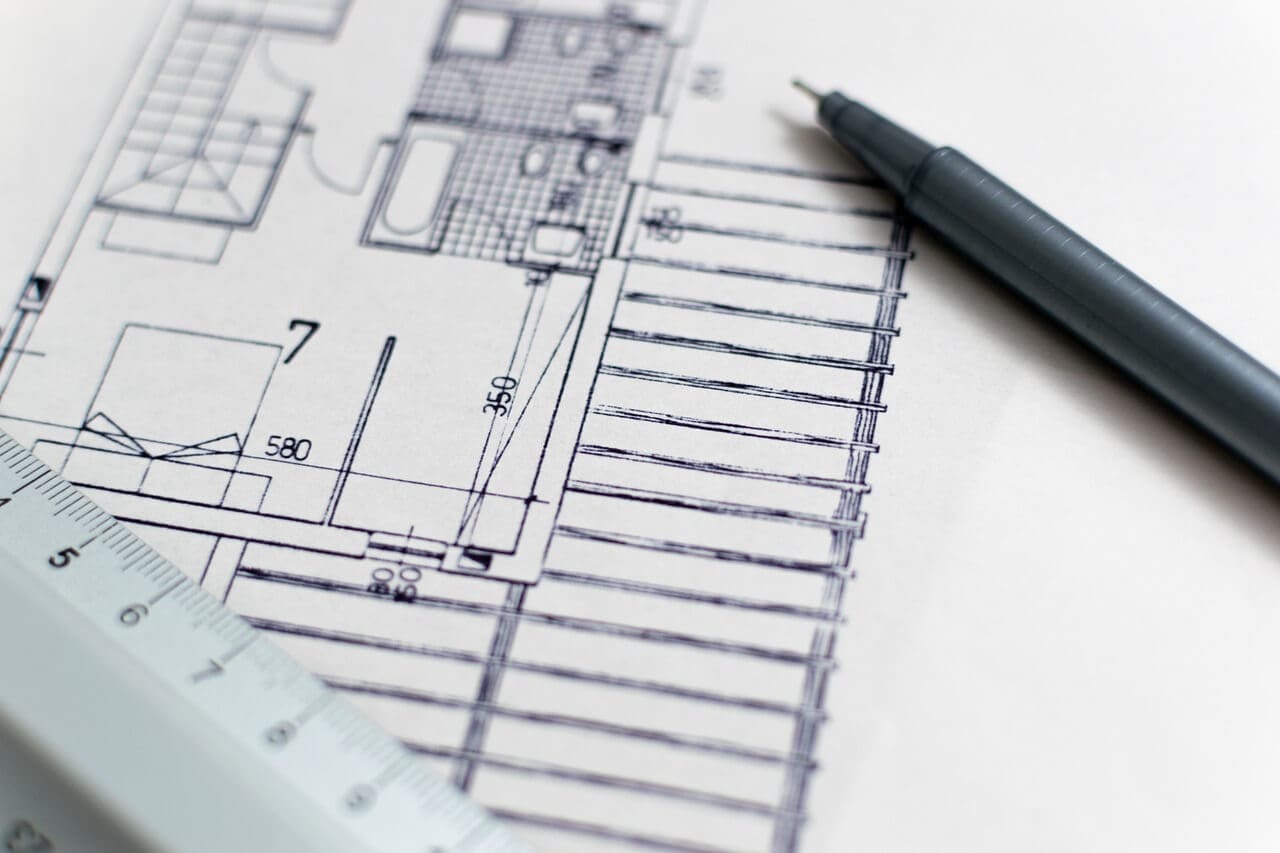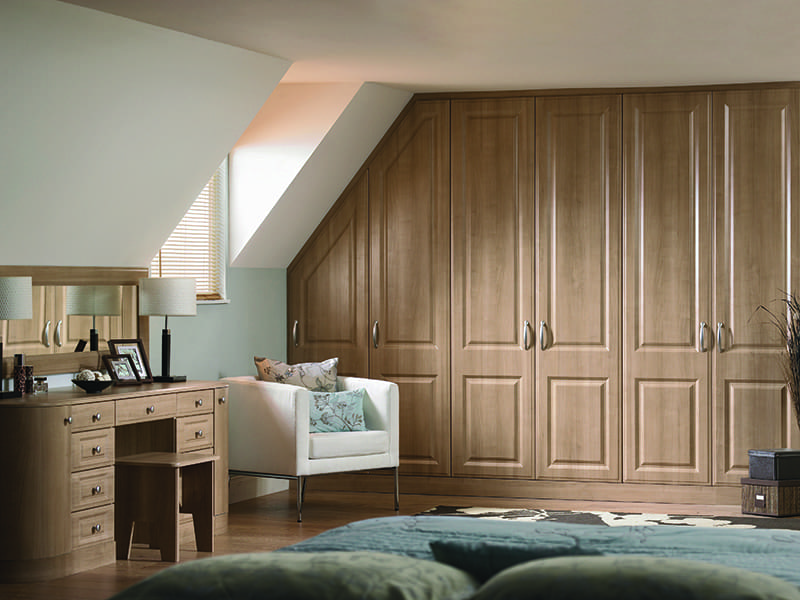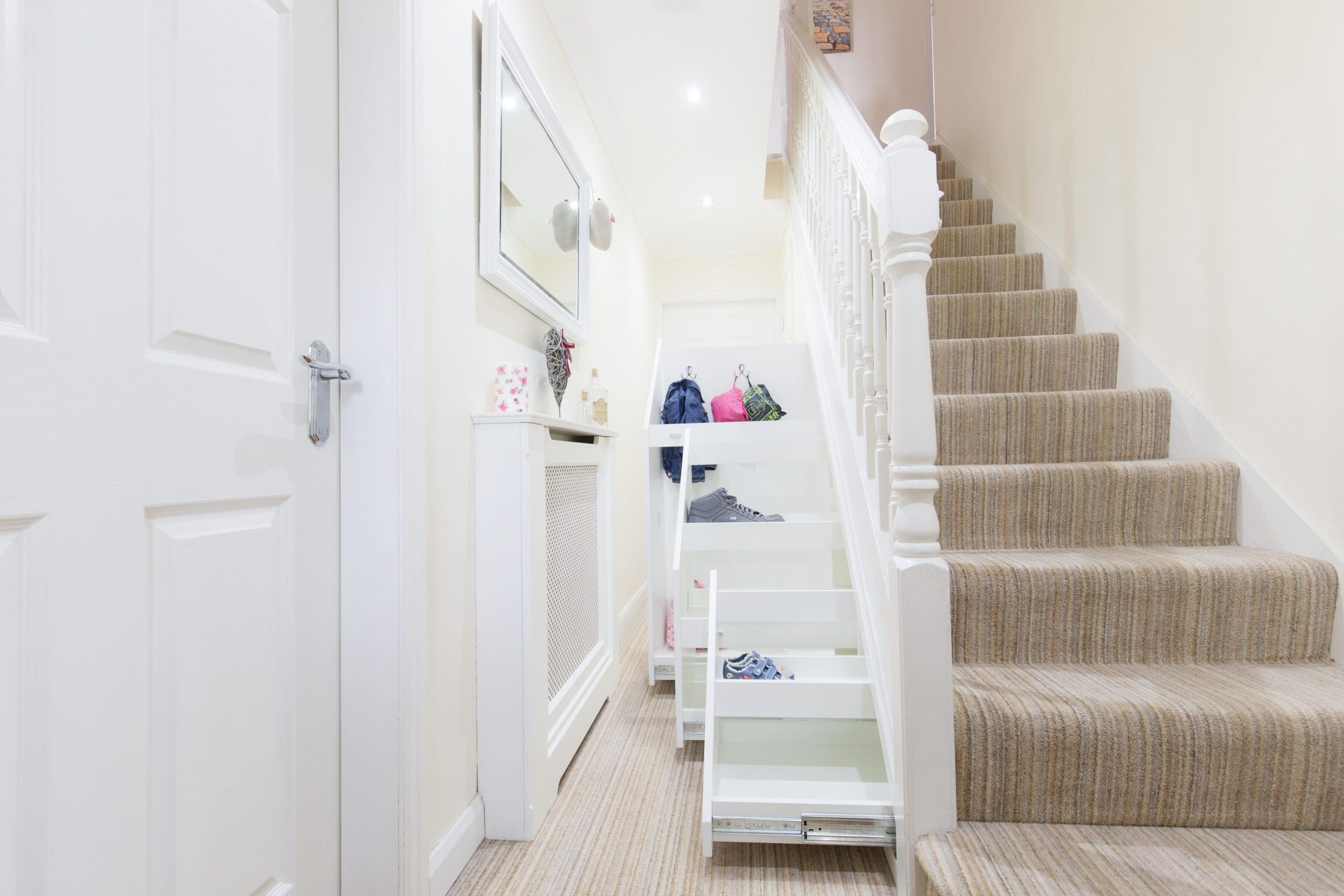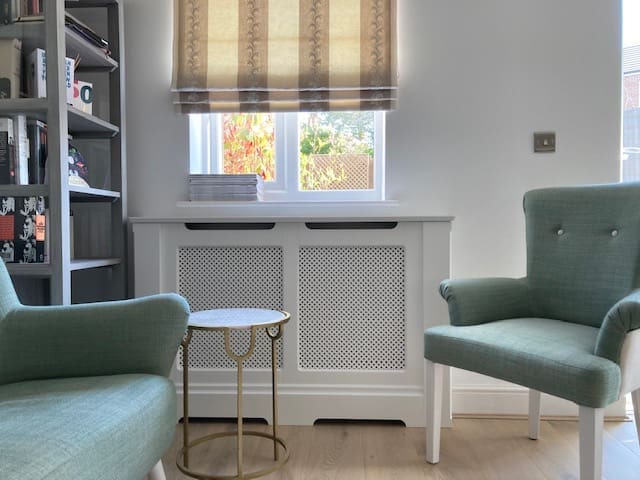Whether you are starting from scratch, self building or renovating, ensuring your home is made to measure and is a reflection of how you envisage your home to be, is likely to be a top priority. Read our advice below on choosing the right designer for your project and find inspiration from a variety of schemes.
Who Should Design Your Home?
If you are after a home that suits your lifestyle, it’s likely you’ll need the help from a seasoned designer to fully realise your ideas but can you tell which one you should call? Not all projects require an architect. When we ask self builders who they think can design a house and who they think should do it, more often than not, the reply is an architect. While it’s true they are highly trained and able to design, plan and manage the construction of a new home, there are a number of alternatives to choose from.
Your Home Design Options
A key consideration when taking on a self build or other projects, is the complexity of the scheme. Some of you might be tackling the kind of high-end style from the likes of Grand Designs, but the vast majority of self builds do not fall into this category. Creating a modest family home with four walls and a simple roof is not rocket science. Tens of thousands of them are built every year in this country. So do we really need to go to the expense of a fully qualified architect to draw up something so straightforward. We would suggest not. Here are some of the key design options available to you:
1. Architect
The term architect is legally protected. Being allowed to use this title, an architect must have completed seven years of training and will need to be accepted by the Architect’s Registration Board. They must also hold professional indemnity insurance. It’s this training and professional status that pushes up the price of using an architect. It’s also why the very best can charge hefty fees for some of the most complex projects. While anyone can design a house, unless all three of these boxes have been ticked, they can’t call themselves an architect.
If you’re looking for a leading-edge, innovative home that pushes the confines of eco design and captures the latest materials and thinking, then we advise go straight to an architect. You still need to shop around however, as not all architects will specialise in the kind of house you want. Experts in the brutalist architectural style; harsh concrete car parks aren’t going to be the best bet if you want a sunlight open barn house, for instance. An architect is also likely to be the right person to go to if you’re looking to develop a difficult site such as a plot with a severe slope or problematic access because they will have the skills to alleviate these issues.
The constant downside of using an architect, and concerns heard repeatedly over the years, is that while they produce stunning designs, quite often the budget is forgotten and the project ends up becoming unaffordable. This issue can be compounded by architects working to a percentage of the build costs, which acts as an incentive to design a bigger and better house than the original brief calls for. Some practices understand the constraints on those of us creating a one-off home better than others.
- Architectural Technologist
Architectural Technologist professionals apply the science of architecture. They specialise in the technological aspects of buildings, including design and construction methods. Working alongside architects they therefore have an understanding of space, materials and aesthetics. Therefore they are well qualified to design individual homes. As they are not fully fledged architects, they tend to charge less and offer enormous value for money.
This can be especially true when it comes to contemporary, energy efficient buildings, as many architectural technologists are qualified to design to Passivhaus standards style homes and buildings. Architectural technicians possess similar qualifications to technologists although they are not authorised to work as a sole practitioner. Check out the Charted Institute of Architectural Technologists’ website to find members working in your area.
- Choosing A Package Home Supplier
The many package house suppliers in the self-build market rely on great design to sell their products. The basic idea is they come up with a scheme at little or no cost, using their in-house architects and designers. You then fall in love with the idea and commission them to take the project through planning, Building Regulations and some or all of the construction works.
The catch is that they own the design. So if you want to use it you will be obliged to sign up to their timber frame or materials package. This is where they make their money. The plans therefore become a small risk taken, in the hope of a large or significant gain. Ans so it’s important for these companies to have exceptional architects and designers on board. Using a package company is a popular and sensible route into self-build, especially for first-timers, as you’ll have access to their support all the way through the project.
4. House Designer
Anyone who is not formally qualified, is classified into this generic category. As a consequence, anyone can call themselves a designer so it becomes all the more important to do your homework. The key areas to look for are examples of previous work. Which must be followed up with client references to prove competency. You should also ensure you see proof of professional indemnity insurance.
These designers have a role to play. Many concentrate on small-scale projects such as simple extensions and cosmetic remodelling. Costs associated with a fully qualified architect are sometimes not justified. Into this category would fall the design and build companies who offer stock plans and the resources to build them. Costs are relatively easy to control, but don’t expect state-of-the-art architecture.
- DIY House Design
Lastly, you could have a go yourself. 3D design software packages like Sketchup are free to download. With the help of web tutorials, give everyone the chance to draw up their own scheme. Getting a self-drawn design through the planning process is not at all uncommon. The key question is whether the scheme can be built safely and economically to meet Building Regulations. It’s at this stage where DIY designs can come unstuck.
Many architects and designers will be familiar with the clients who have obtained planning permission for their drawings. But with no idea what to do next. Do you think this is a step too far for you? Another approach would be to use the software to mock up ideas. This can be used to inform your brief to an architect or house designer.
How Much Should You Pay For An Architect or House Designer?
As highly-trained professionals, architects expect to be paid handsomely for their work. The very best can charge a fortune, and rightly so some architect-designed homes are more works of art than houses. However, most of us just want a nice home or extension that isn’t going to break the bank. After the financial crash, architects had to revisit their pricing because work was scarce; falling back on the old RIBA scale system, which was a licence to print money, made them too expensive. One self-builder we had met had paid his architect nearly £40,000 under a RIBA contract. However the project had not even gotten underway on site.
Five Tips For Hiring An Architect Or House Designer?
To get work, many architects reverted to a fixed fee approach. This is the model that we would encourage you to use if possible. Whoever it is that you engage with to create your scheme.
A straightforward design for a bespoke four bed detached home up to Building Regulations drawings can be achieved for £5,000-£10,000 depending on complexity. Plans for a simple extension to an existing property, matching the current house style, can be produced for as little as £1,500 if you use a local designer.
Always take and follow up references so you know what kind of service you will be getting.
Make a record of each meeting, phone calls and write notes into an email so both parties have a clear understanding of what has been agreed.
Ensure everyone is on the same page about budget. If you have £200,000 to spend on your build including all fees but your designer thinks their costs will be added on top, you’ll soon get into hot water.
Avoid engaging your designer on a sliding fee basis, because this can become a license to print money. A fixed fee gives you greater control over costs.
Make sure any contract has a suitable termination clause in place so either party can escape if it goes wrong.
Should I Use An Architect For My Self Build Home?
Ultimately, it’s your call. For complex, cutting-edge designs, highly energy efficient homes or where you want to extract the maximum from a difficult plot, hiring an architect will be money well spent. If you are building a generic four-sided box with a slab roof or an extension, it may be a waste of your budget. There are designers who can do just as good a job for a fraction of the cost.
The trick, as always, is to shop around to find an architect or designer who is on the same wavelength as you, who has a portfolio of work that inspires you and who understands your budgetary constraints. Letters after someone’s name mean nothing without ticking those three boxes.
Making Contact Is Easy
If we haven’t managed to answer all of your questions or alleviate any of your concerns in full, please do get in touch. We will happily give advise and support towards the areas within your project that you are unsure about. Our number is 0333 271 5504 and the team at Kingston Cabinets will be there to help.
*This guidance is not intended as formal advice on the use of architects or designers. Always seek independent professional advice when considering your project.





